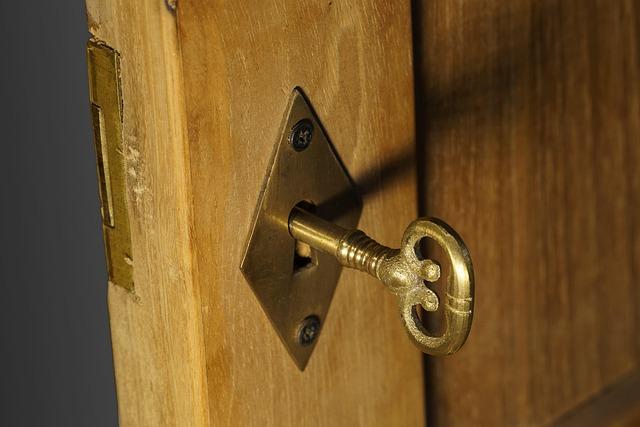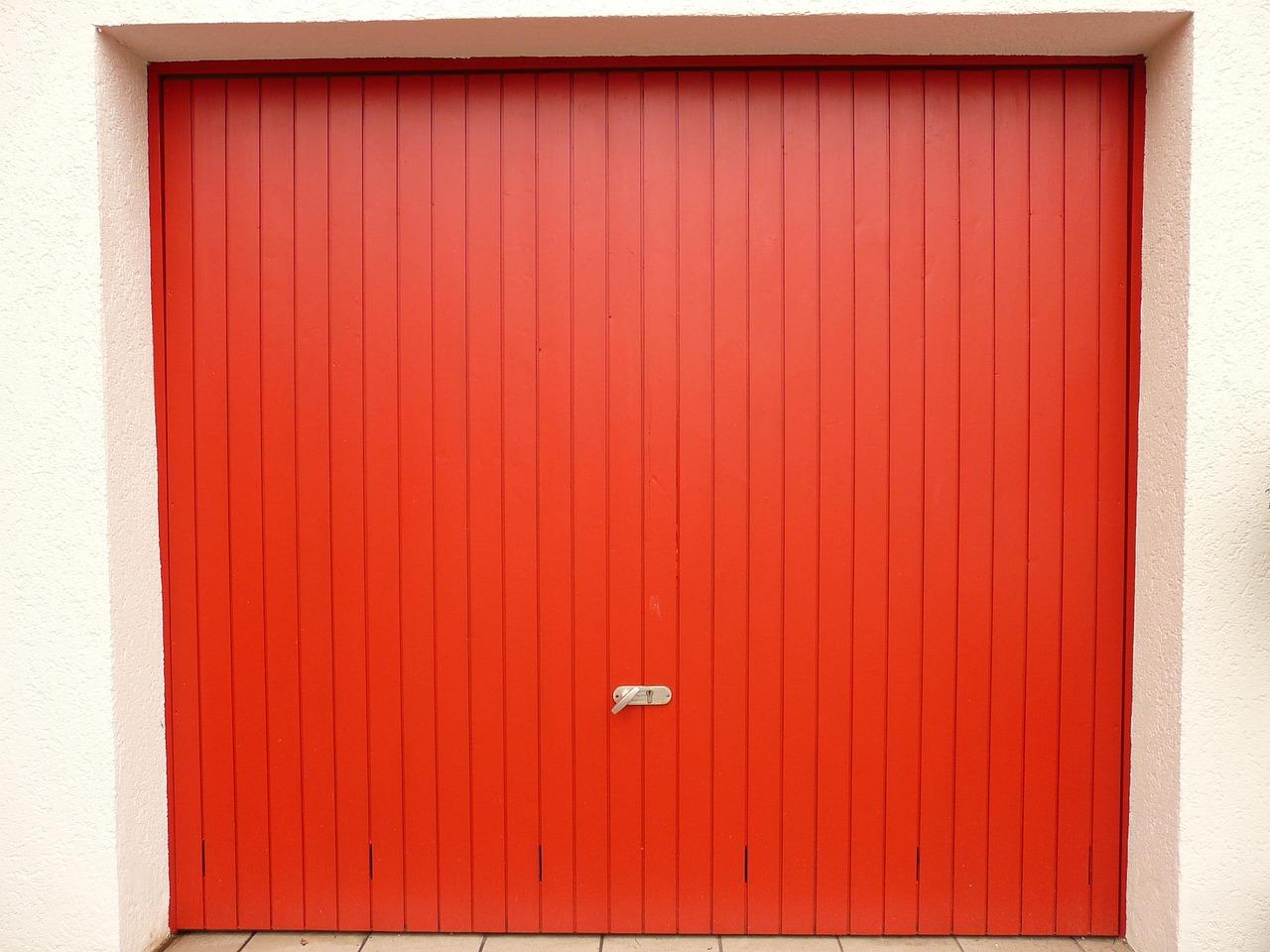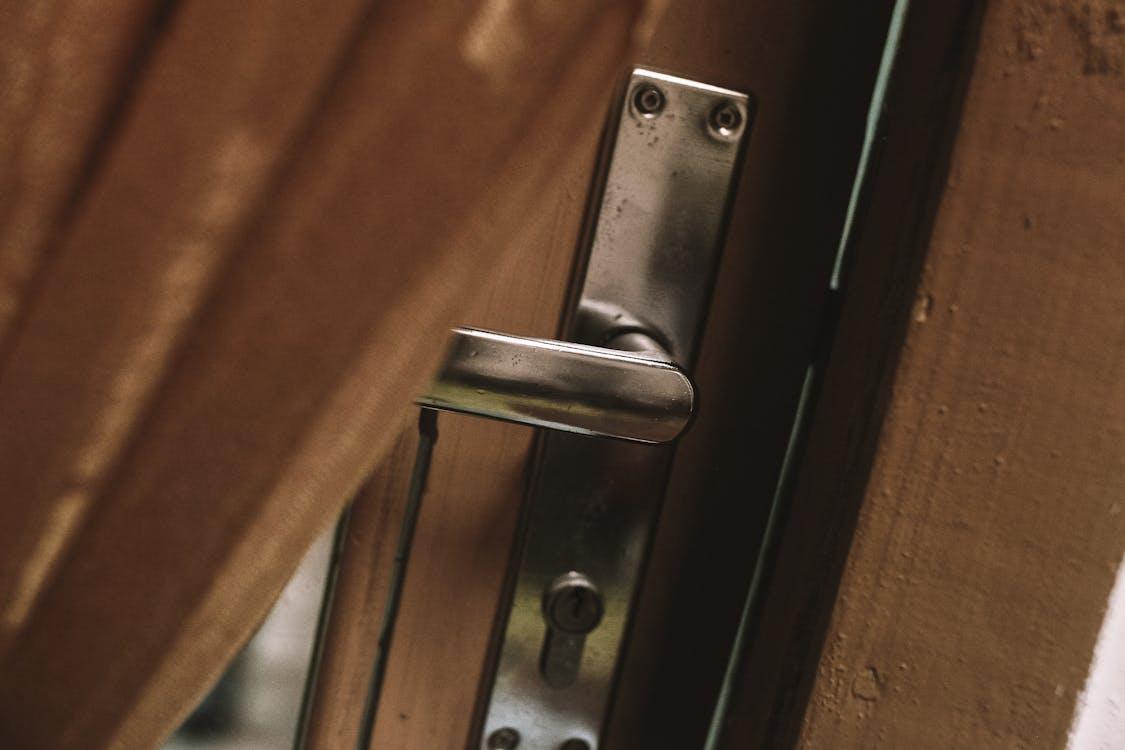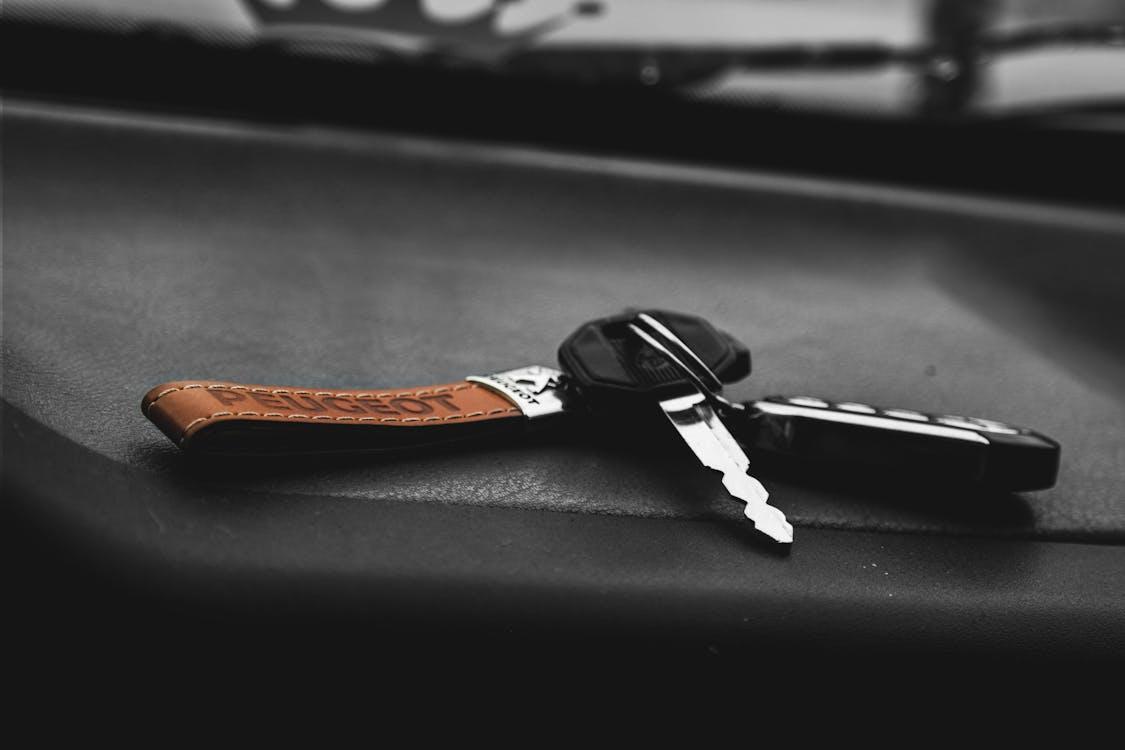A house key that doesn’t turn smoothly can be more than just a small inconvenience. It can leave you standing outside your home, frustrated—or worse, locked out altogether. A sticky key or jammed lock often signals underlying issues that, if left unchecked, may turn into bigger (and more expensive) problems down the road. Here’s what causes it, what not to do, and how a locksmith can help get your door turning like new again.
Common Reasons Your Key Gets Stuck
A house key not turning smoothly can result from several everyday issues.
- Dirt and debris buildup
Over time, dust, grime, or rust can build up inside the keyway, making it harder for your key to glide in and out. Even small particles can cause noticeable resistance, especially if the lock hasn’t been serviced in years. - Worn or bent keys
Keys naturally wear down after years of daily use. If the ridges on your key become worn or the key bends slightly, it may not align properly with the lock pins. This can cause sticking, jamming, or complete lock failure. - Weather and humidity changes
Moisture can cause internal components of the lock to expand or corrode. If your key turns more easily during certain times of the year, environmental factors may be at play. - Misaligned or damaged locks
If your door has shifted due to temperature changes or wear and tear, the lock may no longer line up correctly with the strike plate. That misalignment can create resistance every time you try to unlock the door.
What You Should Avoid Doing
When your house key isn’t turning smoothly, it’s tempting to force it. But that can make things worse.
- Don’t use excessive force.Pushing or twisting too hard can break the key inside the lock.
- Avoid random lubricants.Grease or oil-based sprays can attract dust and create a sticky mess later on.
- Don’t ignore the problem.A small jam today can turn into a full lock replacement tomorrow if not addressed promptly.

How Locksmiths Fix the Problem
A licensed locksmith can diagnose and fix a sticky or jammed lock quickly and safely. Depending on the issue, they may:
- Cut a new key if your old one is worn or bent.
- Clean and lubricate the internal lock components for smoother operation.
- Rekey or replace the lock cylinder if internal pins are damaged.
- Realign your door or strike plate if misalignment is the root cause.
- Recommend upgrading to a higher-quality lock for better durability and long-term security.
Professional locksmiths use specialized tools and techniques to avoid damaging your door or hardware, ensuring a lasting fix.
When to Replace the Lock Entirely
If your lock is old, frequently sticks, or shows signs of rust, replacement might be the smarter choice. Modern residential locks offer better performance, key control, and resistance to tampering. Upgrading your locks can also enhance your home’s overall security and convenience — especially if you choose smart locks or rekeyable systems.
Keep Your Locks in Top Shape
Preventing lock issues starts with simple maintenance. Avoid using excessive force when turning keys, keep locks clean and lubricated, and have your keys replaced when they show signs of wear.
If your house key is not turning smoothly, don’t ignore the problem — it could lead to a lockout or broken key.
Call Free Eagle Locksmith today for fast, reliable lock repair and replacement services. Our licensed professionals can restore your lock’s smooth function and help keep your home secure.







Leave A Comment